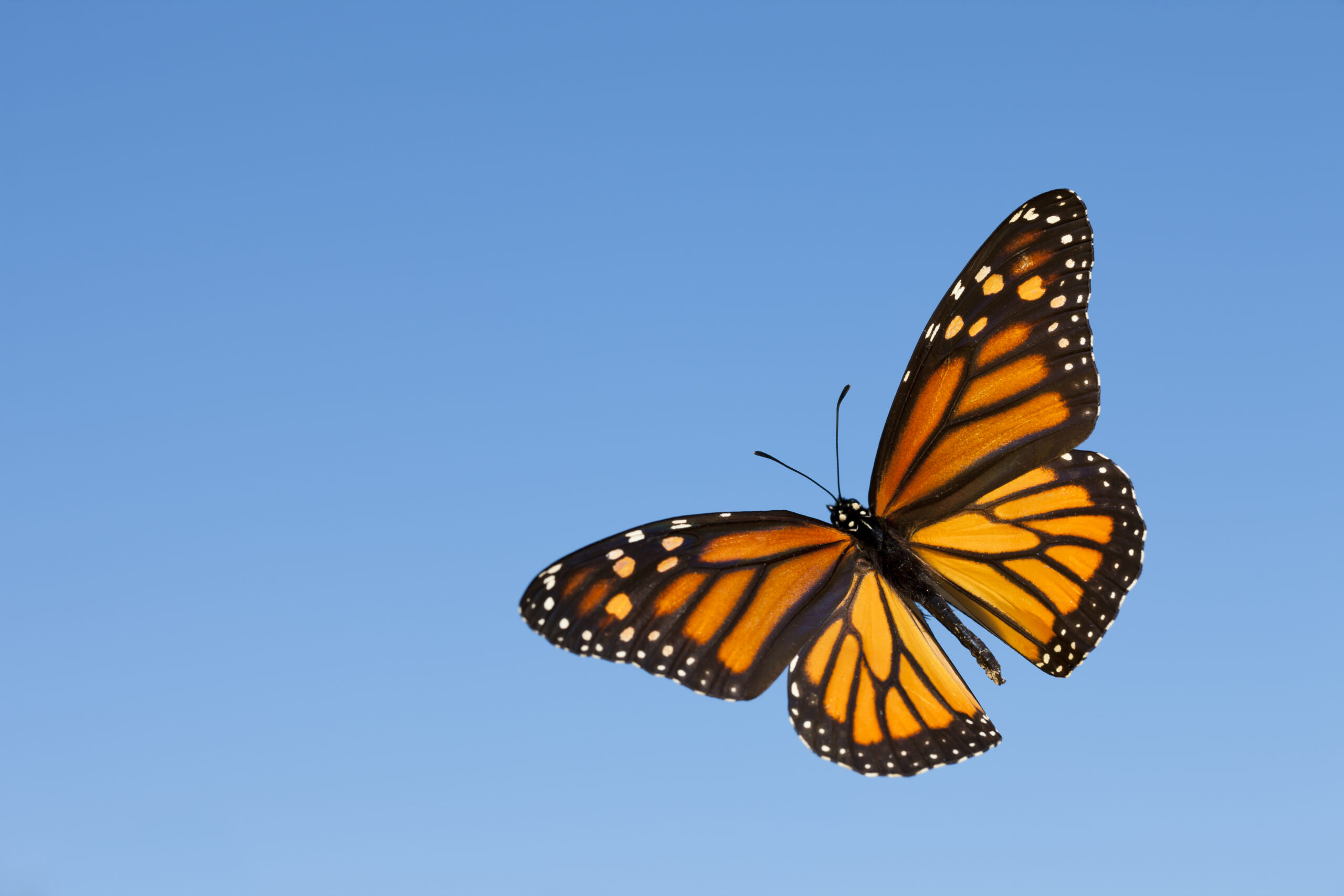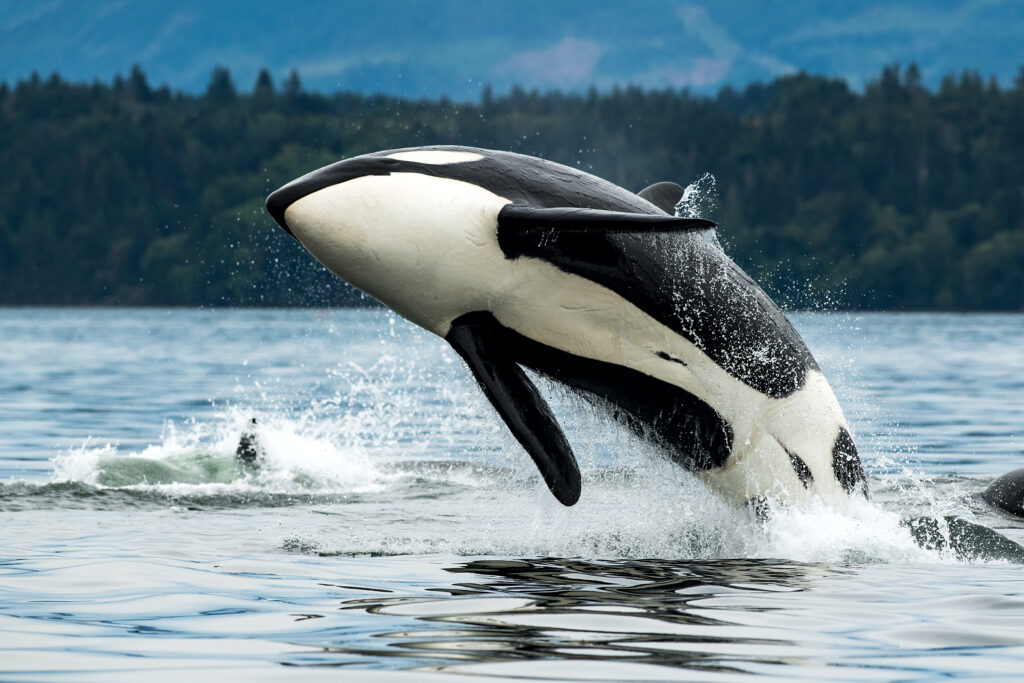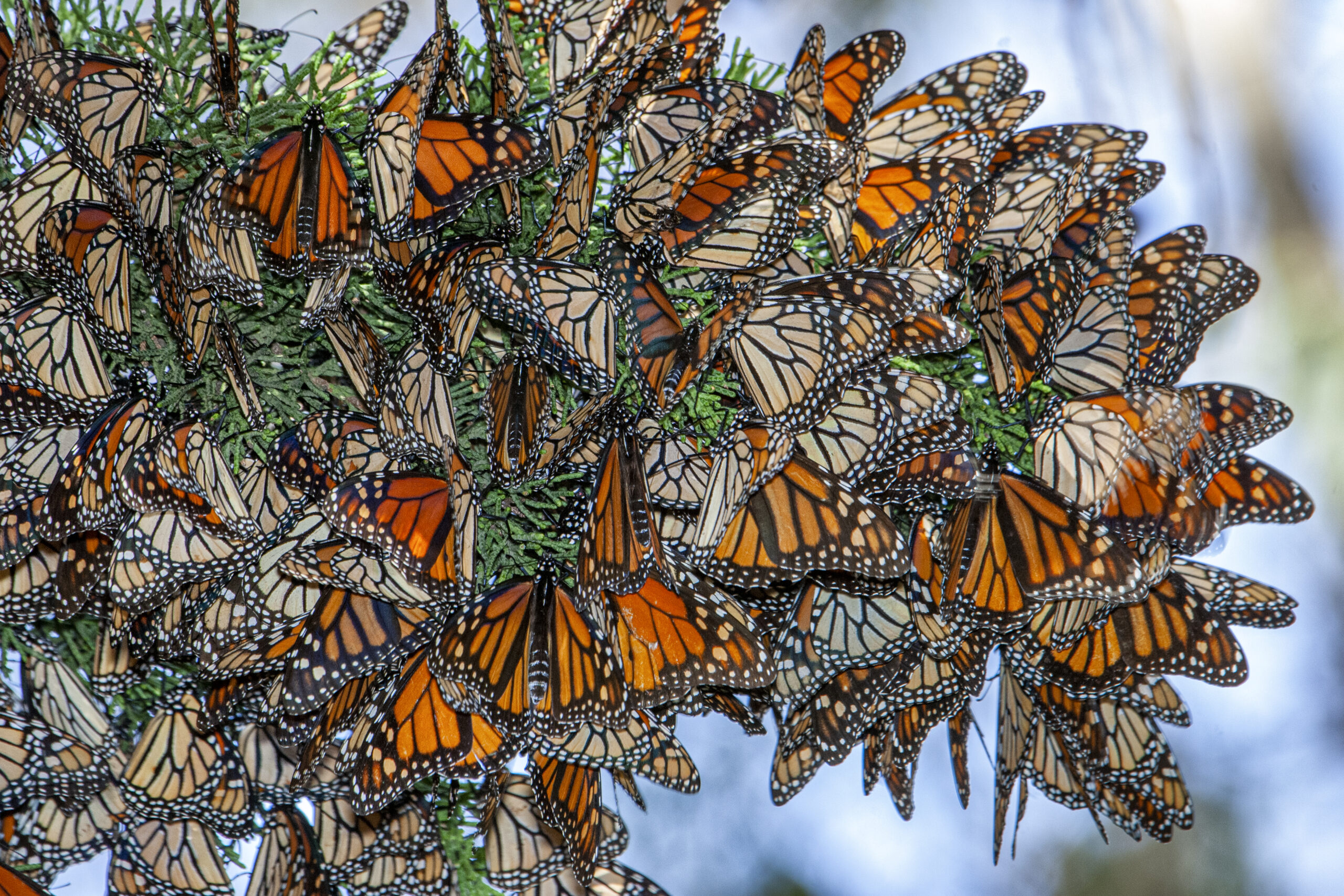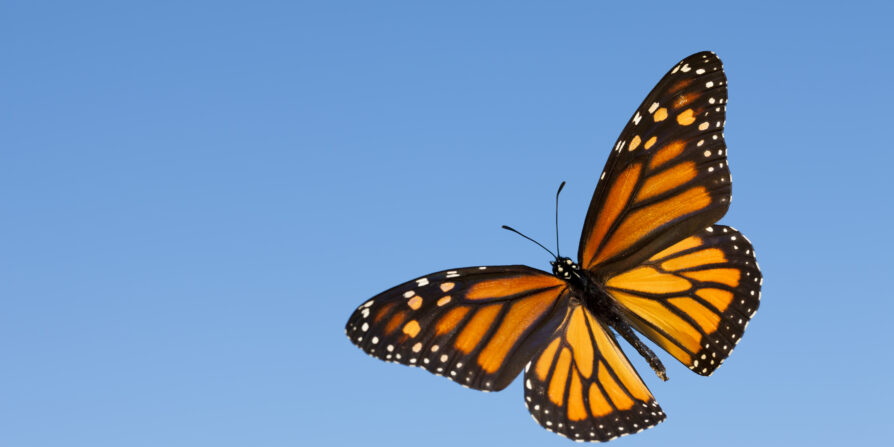
World Wildlife Day: Look high, look low, nature’s magic glows
World Wildlife Day: Look high, look low, nature’s magic glows
Getting swept away by our thoughts and emotions is one of those universal experiences that connects us all. Often, we need a jolt to the system, like jumping out of an airplane or even a simple walk through the park, to feel all of our senses and surroundings. We remember to appreciate how vast, how intricate and intelligent, and how beautiful this planet truly is.
Every year on March 3rd, the world celebrates the magic of biodiversity on World Wildlife Day. Biodiversity, made up of “biological” (living) and “diversity”, refers to the variety and variability of all life on Earth, including plants, animals, fungi, bacteria and microorganisms, and even us humans too.[1]
This year we’re celebrating the theme of “Wildlife Conservation: Investing in People and Planet”. Innovative finance for wildlife conservation has never been more urgent. This day is all about connecting people and raising awareness, showcasing solutions, and exchanging ideas on how to increase effective and sustainable financing for wildlife conservation.
A global commitment
Around the world, nations are coming together to support conservation efforts. In 2022, Canada, along with 195 other nations party to the United Nations Convention on Biological Diversity (CBD), adopted the Kunming-Montreal Global Biodiversity Framework. This landmark agreement commits member states to 23 ambitious, action-oriented global targets aimed at halting and reversing biodiversity loss by 2030. Together, these targets will pave the way to achieving the 2050 outcome-oriented goals.[2]
In addition to driving ambition in international negotiations, Canada also made new commitments and investments. Highlights included:
- Up to $800 million to support up to four Indigenous-led conservation initiatives.
- Signed the Canada–Yukon Nature Agreement to advance nature conservation and protection across the territory and support Indigenous leadership in conservation.
- Taking important steps in banning harmful single-use plastics, as well as supporting ocean restoration, conservation, and research across Canada, backed up by $227.5 million in funding.
Supporting wildlife conservation through our partnership with WWF-Canada
Coming out of COP15, businesses also looked to make real impact. Between 700 and 1,000 companies attended, making it the largest appearance of businesses for a biodiversity Conference of the Parties (COP).[3] Bullfrog Power has been a long-time supporter of biodiversity initiatives and a proud partner of WWF-Canada, the country’s largest international conservation organization.
WWF-Canada is one of Bullfrog Power’s trailblazing partners, joining the Bullfrog community in 2005. Within a year, our relationship evolved into a partnership focused on promoting sustainability action and raise awareness by supporting flagship events such as Earth Hour and Arcadia Earth, and providing engaging content on how habitat-friendly renewable energy can help fight wildlife loss and climate change.
In 2020, WWF-Canada’s latest Living Planet Report Canada revealed dramatic declines in wildlife across the country, with populations of species at risk dropping by 59 per cent on average since 1970. To get the planet back on track and help reverse wildlife loss and fight climate change, WWF-Canada has launched a bold 10-year plan to Regenerate Canada.[4]
This plan focuses on three ambitious goals: restore 1 million hectares of lost complex ecosystems, steward 100 million hectares more, and reduce carbon emissions by 30 million tonnes.[5] With many supporters and partners including Bullfrog Power, WWF-Canada made progress on all three goals this past year.

Protecting Southern Resident killer whales
Since 2011, WWF-Canada has supported collaborative efforts by governments, industry, and other stakeholders to protect the endangered Southern Resident killer whale – only 73 of which remain today in the wild.[6]
These highly intelligent apex predators are found on the Pacific coast between southeastern Alaska and central California. They hold cultural significance for West Coast First Nations and are beloved by coastal residents and the general public throughout Canada. They face many threats to their survival, such as a lack of access to their food (Chinook salmon), contaminants like harmful waste dumped from ships, and disturbances like underwater noise – which makes it difficult for killer whales to use echolocation to find and hunt salmon, and communicate with each other.
Raising the voice for quieter oceans
WWF-Canada’s key actions to protect Southern Resident killer whales:
- Petitioning the federal government to enact an emergency order under the Species At Risk Act (SARA) to provide immediate protections. Deeming the response inadequate, WWF-Canada and other conservation groups filed legal action.
- Advocating for a strong national Ocean Noise Strategy to manage underwater pollution so it meaningfully protects wildlife.
- Working with the Port of Vancouver’s ECHO program to reduce threats created by shipping activities.
Biodiversity – earth’s hidden marvel
Like a secret underworld with hidden languages, signals, and networks, ecosystems are working their magic sustaining human life.[7] From fuel, food, and clothing to housing and medicine, our lives as we know them depend on plants and animals.
Here’s a short list of just some of biodiversity’s daily duties:
- Dispersing seeds
- Pollinating
- Grazing
- Cycling nutrients in soil
- Protecting us against extreme weather events and disease
According to Thomas Lovejoy, professor of Environmental Science and Policy at George Mason University, “A single animal or single plant is more complex than anything else in the universe. If you looked at one chromosome from the cell of a mouse, you would have more information than all editions of the Encyclopedia Britannica combined.”[8]
To add to that, our global economies have been built off and continue to rely on these ecosystem services. More than half of the world’s GDP is dependent on nature, making biodiversity loss a significant threat to financial stability.[9] Biodiversity also provides inimitable social and emotional benefits. Research has shown that spending time in green spaces, nature, and blue spaces – places with rivers and ocean views – improves our attention and mood, lowers stress, and reduces the risk of psychiatric disorders.[10]
Our exploration of biodiversity concludes with the remarkable story of migration by the North American eastern monarch, the world’s largest monarch population. Their journey begins east of the Rockies, where the cold winter months cue the monarch’s voyage south to the Oyamel fir forests of the Sierra Madre Mountains of central Mexico.[11] After nearly 5,000 kilometers, they finally arrive, creating clusters of up to tens of thousands of butterflies on one single tree.[12]

Unlike the generation that migrated south, the returning monarchs will complete this migration journey within three to four generations. Having to rely on environmental indicators like the earth’s magnetic pull, air currents, and the position of the sun, these awe-inspiring, tiny, delicate insects navigate this planet. To this day, this feat of orientation continues to be investigated by researchers.
Engage with what inspires you
It’s clear that much work remains ahead of us, and educating ourselves and those around us is a small but necessary first step toward change. We hope you feel inspired and heartened by the world around you and know that incredible achievements are made through the smallest of creatures, or just one single person — and that can be you.
To learn more spectacular biodiversity stories, you can navigate the WWF-Canada species page for more information.
References
[1] Yale University, “Yale Experts Explain Biodiversity,” Yale Sustainability, accessed February 11, 2025, https://sustainability.yale.edu/explainers/yale-experts-explain-biodiversity.
[2] Environment and Climate Change Canada. 2022. “Canada Helps Lead the World to Agreement on the Monumental Kunming-Montreal Global Biodiversity Framework.” Government of Canada, December. https://www.canada.ca/en/environment-climate-change/news/2022/12/canada-helps-lead-the-world-to-agreement-on-the-monumental-kunming-montreal-global-biodiversity-framework.html
[3] Ryan, Carolyn. 2022. “How Business Helped Drive a Historic Agreement for Nature at COP15.” Reuters, December 21, 2022. https://www.reuters.com/business/sustainable-business/how-business-helped-drive-historic-agreement-nature-cop15-2022-12-21/
[4] WWF-Canada. 2020. Living Planet Report Canada 2020. Accessed [date]. https://wwf.ca/living-planet-report-canada-2020/
[5] WWF-Canada. 2020. Living Planet Report Canada 2020. Accessed [date]. https://wwf.ca/living-planet-report-canada-2020/
[6] World Wildlife Fund Canada, “Southern Resident Killer Whales,” WWF-Canada, accessed February 25, 2025, https://wwf.ca/species/southern-resident-killer-whales/
[7] World Wildlife Fund Canada, “Annual Report 2024,” WWF-Canada, accessed February 25, 2025, https://wwf.ca/annual-report-2024/
[8] Yale University, “Yale Experts Explain Biodiversity,” Yale Sustainability, accessed February 11, 2025, https://sustainability.yale.edu/explainers/yale-experts-explain-biodiversity.
[9] United Nations, “Wildlife Conservation Finance: Investing in People and Planet – World Wildlife Day 2025,” World Wildlife Day, accessed February 11, 2025, https://wildlifeday.org/en/press-release/wildlife-conservation-finance-investing-people-and-planet-world-wildlife-day-2025.
[10] American Psychological Association, “Nurtured by Nature,” Monitor on Psychology, April 2020, https://www.apa.org/monitor/2020/04/nurtured-nature.
[11] U.S. Forest Service, “Monarch Butterfly Migration and Overwintering,” United States Department of Agriculture, accessed February 26, 2025,
[12] U.S. Forest Service, “Monarch Butterfly Migration and Overwintering,” United States Department of Agriculture, accessed February 26, 2025, https://www.fs.usda.gov/wildflowers/pollinators/Monarch_Butterfly/migration/index.shtml.
